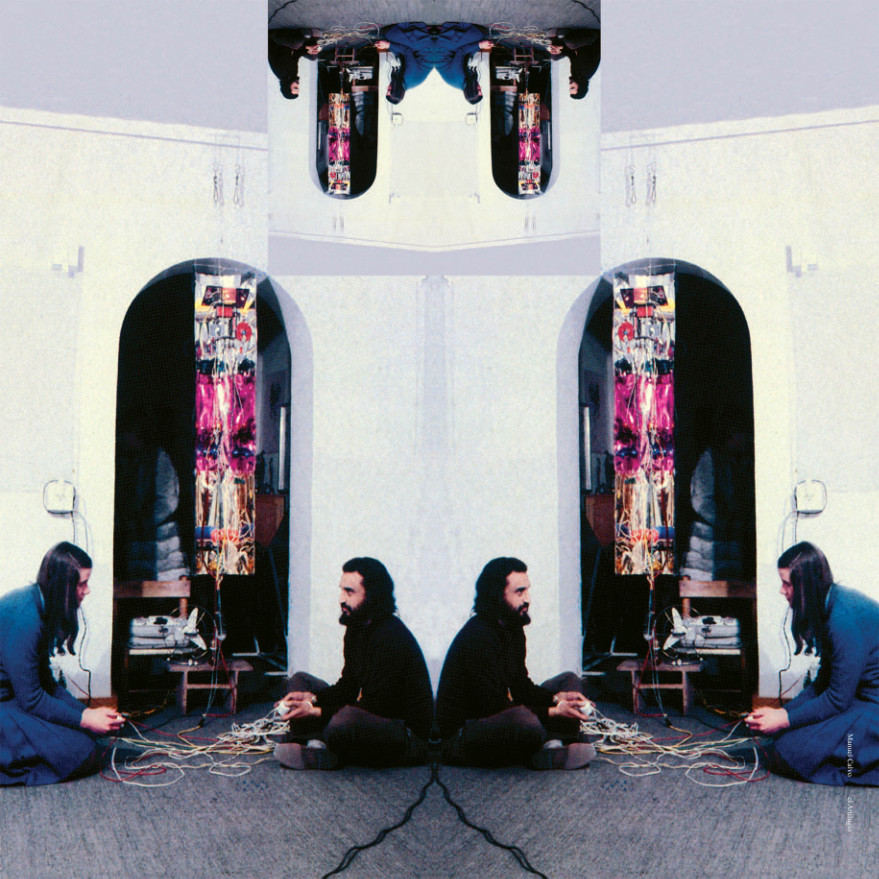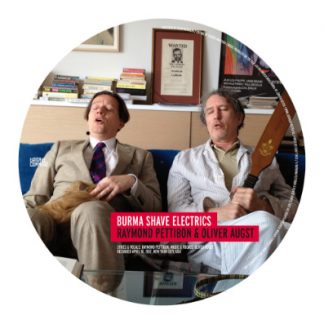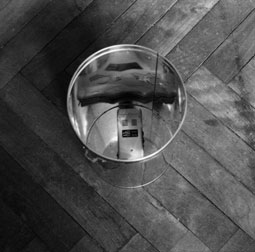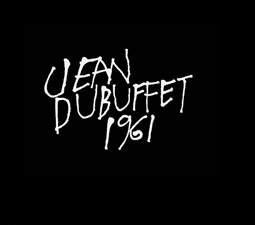Description
Alga Marghen. Edition of 250 copies.
Gatefold Sleeve including an LP-size 8-page large booklet
alga marghen very proudly presents the uncompromising “el artilugio”, a previously unreleased sonic assault presented in 1968 under the auspices of Walter Marchetti’s Zaj in Madrid.
Manuel Calvo was a forerunner and a protagonist of geometric abstract painting in Spain between the 50s and the 60s. His personal poetic research was close to that of other artists developing the principles of an analytical art in opposition to the main currents of informal art and lyrical abstraction. Experiences that projected Calvo in a more international dimension, especially through the short but significant collaboration with Galerie Denise René in Paris, a leading European art gallery in that period and catalyst for artists producing geometric abstraction, kinetic art and optical art. The end of the collaboration with Denis René, as well as a short stay in Brazil at the beginning of the military dictatorship, led Calvo on one hand to a critical vision of the established art system and its dynamics, and on the other hand to the radicalization of his libertarian ideas and the upturning of his artistic strategies.
Back in Spain, in 1966 and 1967 he decided to become independent from the art system by opening a studio in Calle Alcantara in Madrid and transform it into a taller-exposición, or a laboratory where he could held a permanent exhibition of his works. A space open to public with no temporal limits aiming to reverse the functional paradigm of a standard exhibition space.
Calvo was attracted by the idea of using light and movement as materials for his work, a principle originated from kinetic art which he discovered while in Paris some years earlier, and at the same time he wanted to criticize the mechanistic, repetitive and predictable process of cause and effect as the only factor activating people’s perception in front of these kinetic artworks. With these premises Calvo created for this space El artilugio, a participatory permanent installation where the effects of light variations were randomly activated through simple buttons by a no-longer passive audience. This way the installation not only became an open structure with unlimited possibilities of random variations, but through the use of a reel-to-reel recording machine and a pre-recorded magnetic tape it also introduced a sound element, activated during the process, something that represented an absolutely new element within that cultural specific context.
The idea came after finding an old electric engine at the Rastro, the ancient flea market in Madrid. A young Catalan anarchist who worked as electrician and who was passing by the taller-exposición in Calle Alcantara managed to repair it and make it work. Once the engine had been started through a process similar to the one used for the lights, Calvo recorded its parasitic noises which he would then reproduce through the reel-to-reel machine during the participatory installation. To this first sonic component of the tape he associated, by contrast, a second part with the recording of an Austrian soprano singer reading out phonems, alliterations of single words, tongue twisters and texts in different languages, repeated in an obsessive way in a style similar to sound poetry. The tape ends with a coda of parasitic noises from the engine, still manipulated with push-buttons, fading out in a glissando.
The lab-space of Manuel Calvo presenting this sound-light installation became in a short time a spontaneous and uncostumary gathering place for acquaintances, intellectuals and artists from the most different fields – among whom many protagonists of the Nuevo Cine Español – who represented a libertarian, although uneven, cultural network in opposition to the obscurantism of the Franco regime. It’s important to mention, among these artists, the significant presence of Juan Hidalgo and Walter Marchetti, who had created the Zaj group in Madrid in 1964, giving birth to the most radical and subversive experience of esthetic communication overturning – mainly in music but not only – in Spain in those years.
It was probably the importance of the sound as prime element in the Calvo installation which generated the interest for El artilugio in Hidalgo and Marchetti, who recognized this element inside a participatory event as quite exceptional. Their meeting with Calvo came in the moment in which Zaj was most open to involving other artists in their activities: their action was not limited to expanding the linguistic boundaries of music – the main field for the two composers – towards action-music and performance, as it had also affected the fields of literature and visual arts.
The behavioural element of Calvo’s participatory installation, as well as its extension to the sound dimension, were perfectly in tune with the attitude of those events promoted by Zaj, and for these reasons Hidalgo and Marchetti were keen on presenting within the Zaj context the first public presentation of El artilugio outside the artist’s studio. In April 1968 this work by Calvo was re-installed at the Galeria Seiquer in Madrid, a space which had previously hosted several events by the Zaj group.
Issued in an edition limited to 250 copies, the full-color gatefold sleeve also includes an LP-size 8 page booklet with exclusive photos from the installation as well as a text by Gabriele Bonomo.






